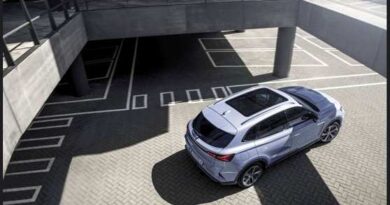This New innovative chemical element could replace lithium or sodium in batteries.
This New innovative chemical element could replace lithium or sodium in batteries.
Researchers have achieved a high energy density, so development cost is no longer a problem.
Alternatives to lithium and sodium have been sought for years to build electric batteries with better properties. The latest we know is that Chinese scientists have achieved an essential evolution in what is known as a vanadium flow battery.

This chemical element may be familiar to some due to its use in producing steel parts with high corrosion resistance or in manufacturing superconducting magnets. But, in this case, the members of the Chinese Academy of Sciences have achieved a battery that uses vanadium to obtain a form of long-lasting renewable energy storage in large quantities.
This milestone has been reached by achieving an energy density of 70 kW, compared to the 30 kW acquired until then. By having a volumetric power density of 130 kW per cubic meter, the production cost is reduced by 40%.
In reality, the necessary expense was one of the most significant handicaps of this technology, in which a lot continues to be invested, as it is considered one of the most viable in terms of space savings and little degradation over time and with cycles. It is loading and unloading.
It must be taken into consideration that the density of the stack is what determines whether there is a higher or lower cost. The higher the density, the lower the battery volume and the final manufacturing expense. In addition, a 250 kW storage module with this novelty can be expanded twice as much with hardly any space requirements compared to what has been used until now, reducing investment in installations.

Thanks to a specific construction with in-house manufactured porous membranes and superconducting bipolar plates, the research led by Professor Li Xianfeng found a structure with high uniformity during distribution and meager resistance to flow.
After more than 1,200 charge and discharge cycles, the battery degradation was only 1.7%. At a nominal power of 70 kW in charging and discharging, the efficiency obtained was 81%, while, with a power of 60 kW, it was 82.1%.
The ultimate goal is to create a reliable, long-lasting battery that stores the most significant possible energy in the smallest possible space and is economical to manufacture. The lithium shortage causes companies to invest in studying sodium, hydrogen, and other alternatives. But what will revolutionize the 100% electric mobility industry remains to be seen. It will be time that speaks. For now, we will continue to pay attention to the development of the vanadium flux stack and its possible arrival in the automotive industry.
Related Post



